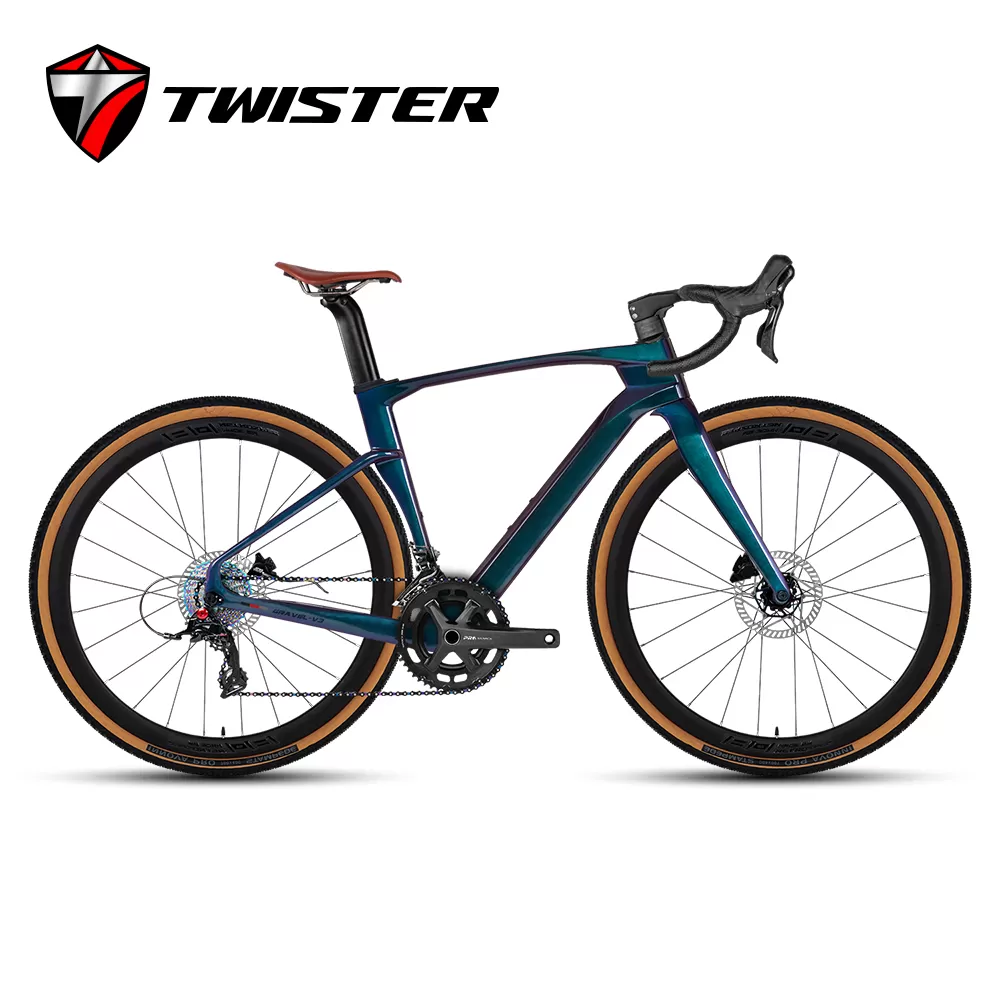Carbon fiber bikes frames are characterized by being “lightweight, having good rigidity, and excellent impact absorption.” However, fully leveraging the superior performance of carbon fiber is technically challenging, and there are significant quality differences among various carbon fiber material manufacturers. Due to cost considerations, bikes manufacturers often do not use the highest grade of carbon fiber for frame production. Despite these practical issues, carbon fiber frames still possess advantages that other materials do not, allowing for the creation of Bikes weighing around 8-9 kg. These lightweight carbon fiber Bikes particularly excel in climbing, making the process smoother and more enjoyable, unlike some lightweight aluminum alloy frames that may feel like they are pulling backward during climbs. In addition to these benefits, carbon fiber bikes frames have the following advantages:
Lightweight Construction Carbon fiber frames achieve their strength by layering carbon fibers in the direction of stress. The frames are extremely light due to their low density and high tensile strength.
Excellent Impact Absorption Carbon fiber is used in various fields for its superior impact absorption properties, such as in prosthetics for athletes or special springs. This property allows for the creation of Bikes without shock absorbers. However, the quality varies significantly among manufacturers, and the frame’s performance can only be truly assessed through riding.
Ease of Shaping The basic forming method for carbon fiber involves laying fiber sheets on a mold, then infusing resin and curing it. This allows for the creation of frames in various shapes, such as TREK’s Y-frame.

Full Carbon All components of the bikes are made entirely of carbon fiber.
Half Carbon Many Bikes use a combination of aluminum alloy and carbon fiber. For example, a frame might have a carbon top tube while other parts are made of aluminum alloy. Similarly, the fork arms might be carbon fiber while the fork steerer is aluminum alloy. Such Bikes are referred to as half carbon.
Carbon-Wrapped Some frames, handlebars, stems, cranks, forks, seat posts, and other components are made of aluminum alloy and then wrapped with a layer of carbon fiber cloth. These are known as carbon-wrapped products.
Carbon fiber contains resin, making it resistant to acids. However, internal factors should be considered more for carbon fiber. Since resin is used in its composition, aging is inevitable. Therefore, carbon fiber Bikes should be kept out of direct sunlight when not in use to avoid the effects of sunlight and environmental temperature on the bikes.